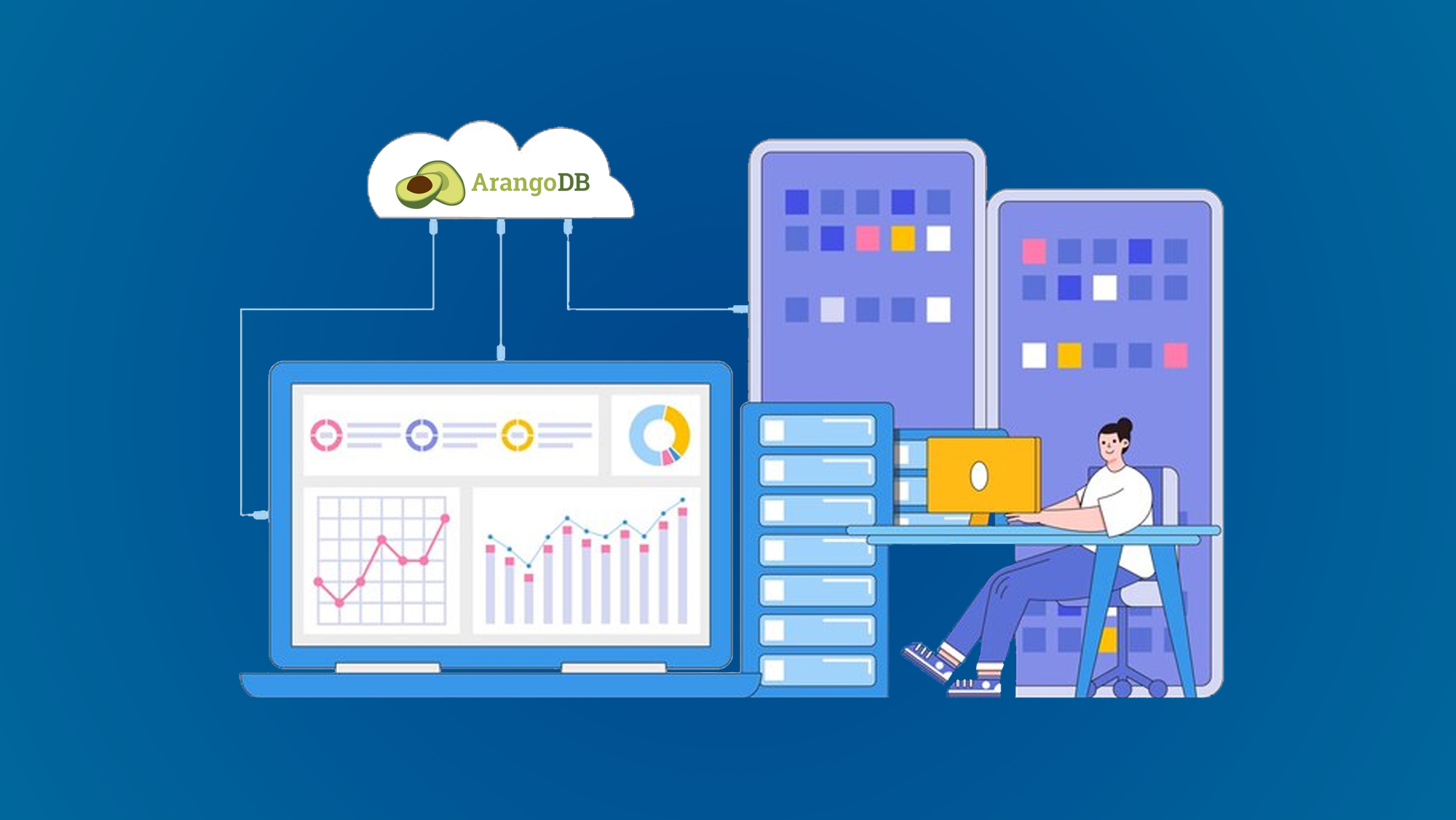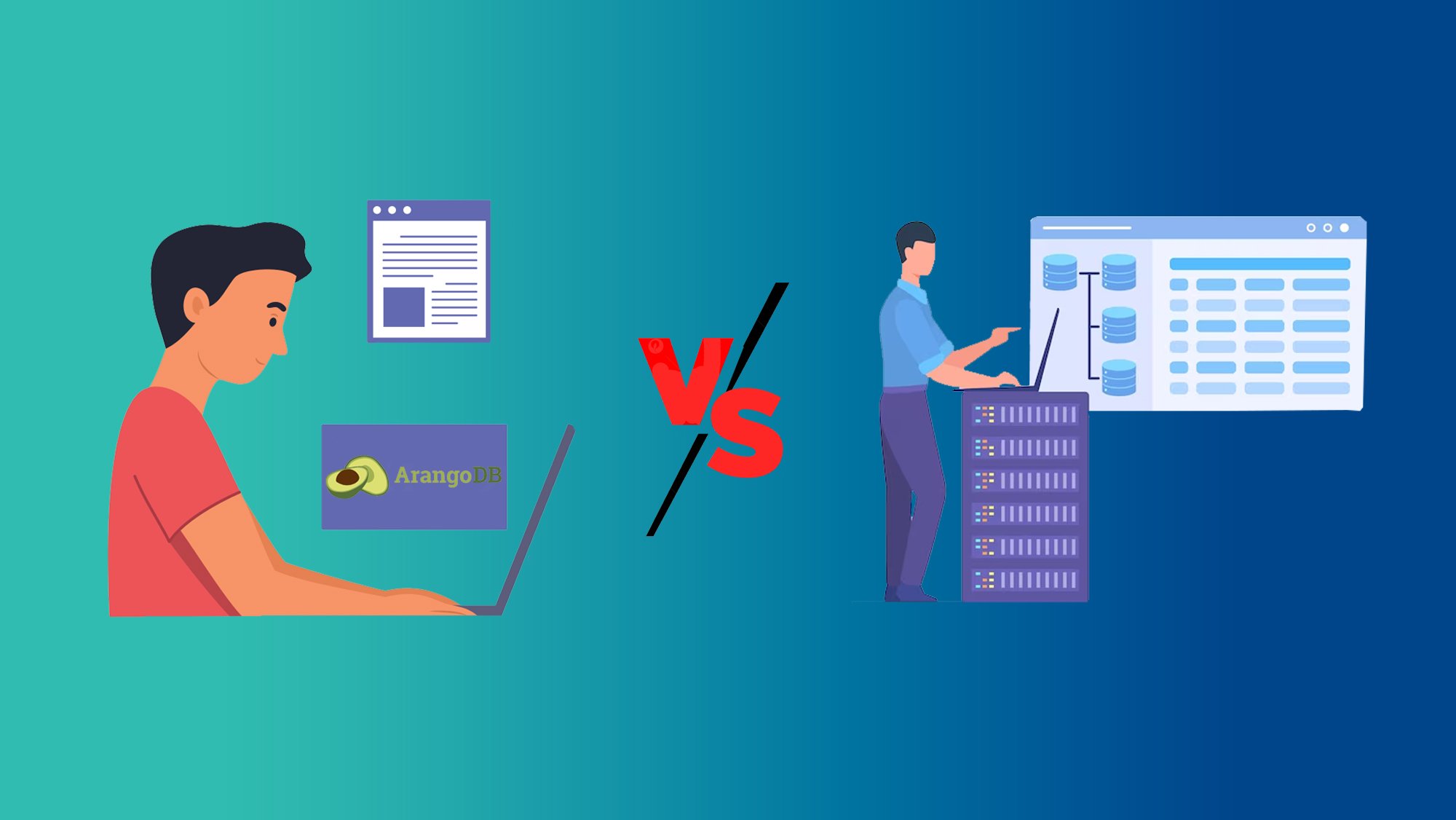ArangoDB Structure:
Starting with the dataset:
The dataset features 43 characters with their name, surname, age, alive status and trait references. The surname and age properties are not always present.
The column traits (resolved) are not part of the actual data used in this tutorial but included for your convenience.
Import Data with arangoimp:
This manual describes the ArangoDB importer arangoimp, which can be used for bulk imports. The most convenient method to import a lot of data into ArangoDB is to use the arangoimp command-line tool. It allows you to import data records from a file into an existing database collection.
First AQL Queries:
In its purpose, AQL is similar to the Structured Query Language (SQL). AQL supports reading and modifying collection data, but it doesn't support data-definition operations such as creating and dropping databases, collections and indexes. It is a pure data manipulation language (DML), not a data definition language (DDL) or a data control language (DCL).
Getting Closer to Graph Queries:
Thinking about your data as a highly connected set of information is a powerful way to gain insights, solve problems and bring products faster into the hands of your users.
Unlike other databases, relationships take the first priority in graph databases and with ArangoDBs multi-model approach for graphs, documents and key/value pairs you can even switch between models or combine them in a single query.
Importing Edges:
ArangoDB comes with a command-line tool utility named arangoimp. This utility can be used for importing JSON-encoded, CSV, and tab-separated files into ArangoDB.
arangoimp needs to be invoked from the command-line once for each import file. The target collection can already exist or can be created by the import run.
Working with Joins - Left / Inner / Right:
Views
This is an introduction to ArangoDB's interface for views and how to handle views from the JavaScript shell arangosh. For other languages see the corresponding language API.
Views vs Collections:
This is an introduction to ArangoDB's interface for collections and how to handle collections from the JavaScript shell arangosh.For other languages see the corresponding language API.
Graph Basics:
This chapter describes the general-graph module. It allows you to define a graph that is spread across several edge and document collections. This allows you to structure your models in line with your domain and group them logically in collections giving you the power to query them in the same graph queries. There is no need to include the referenced collections within the query, this module will handle it for you.
Graph Traversals:
ArangoDB provides several ways to query graph data. Very simple operations can be composed with the low-level edge methods edges, inEdges, and outEdges for edge collections. These work on named and anonymous graphs. For more complex operations, ArangoDB provides predefined traversal objects.
Graph Traversal Syntax:
First Graph Queries:
use a traversal object, we first need to require the traversal module:
var traversal = require("@arangodb/graph/traversal"); var examples = require("@arangodb/graph-examples/example-graph.js"); examples.loadGraph("worldCountry");
- Advanced Traversals
- Depth vs. Breadth First Search
- Uniqueness Options
- Advanced Traversal Queries
- Excursion: The LET Keyword in AQL
- Advanced Graph Queries
- Shortest_Path
- Pattern Matching
- Error Handling with codes
The errorResponse method provided by controller request contexts has no equivalent in router endpoints.
Manage Data Migrations

















